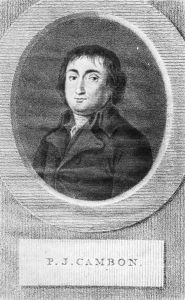Lambertus Antonius Claessens Paintings
Lambertus Antonius Claessens, born in 1763 in Maastricht, was a Dutch painter known for his skill in portrait and historical painting. Claessens received his initial artistic training from his father, also a painter, before moving to Antwerp to further his studies. In Antwerp, he was a student of the prominent artist Hendrik Herregouts.
Claessens developed a style reflective of the academic traditions of the time, emphasizing the importance of drawing and classical themes. As a part of his artistic journey, he ventured to Paris, which was then the epicenter of the art world. There, he was exposed to the works of great masters and the emerging Neoclassical style, which would influence his later works.
After his time in France, Claessens returned to the Southern Netherlands. He became a professor at the Academy of Fine Arts in Antwerp. His role as an educator allowed him to influence a new generation of artists, imparting the techniques and principles he had honed throughout his career. As a professor, he was known for being particularly strict, emphasizing the importance of academic rigor and the mastery of foundational skills.
Throughout his career, Lambertus Antonius Claessens was commissioned to create portraits for notable individuals and historical paintings for various institutions. His portraits were appreciated for their likeness and the dignified representation of the sitters. In addition to portraits, Claessens' historical paintings often depicted scenes from classical antiquity and the Bible, reflecting the taste for historical and moral narratives of his era.
Claessens' contributions to the art world were not limited to his paintings; his role as an educator had a lasting impact on the development of art in the Low Countries. His dedication to the academic traditions of painting ensured that those values were passed on even as the art world began to shift towards Romanticism and later, modernism.
Lambertus Antonius Claessens passed away in 1834. While he may not be as widely known as some of his contemporaries, his work remains a part of the rich tapestry of Dutch and Flemish art history. His paintings can be found in various museums, and his influence can be seen in the works of his students and those they taught in turn.
